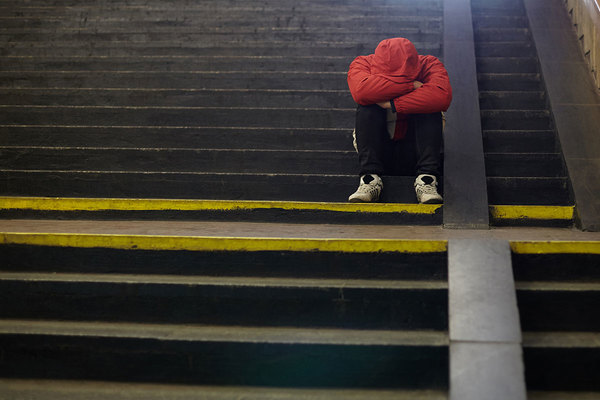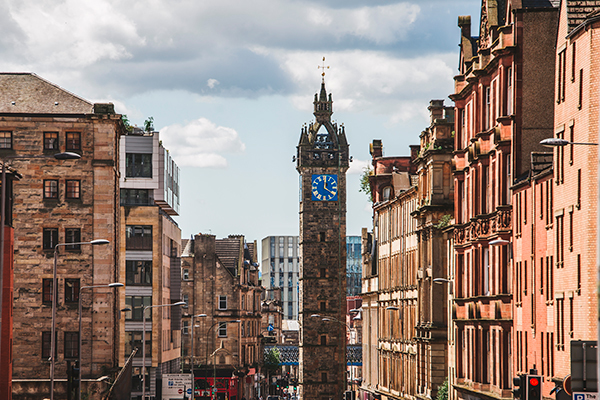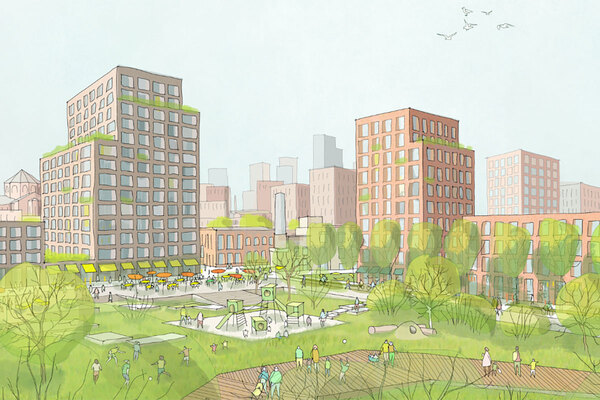Number of households homeless or threatened with homelessness increases by 11% in one year
In the past year there has been an 11.4% increase in the number of households assessed by local authorities as either homeless or threatened with homelessness, latest government figures for England have revealed.
In the three months up until June 2019, 68,170 households were owed a homelessness prevention or relief duty from their local authority, up from 61,210 in the same quarter last year.
Of the 68,170 households who were homeless or threatened with homelessness, 30,670 (45%) were identified as having one or more support needs, with mental health being the most common need.
The number of households in temporary accommodation is the highest in more than a decade, with 86,130 households living in various forms of temporary housing at the end of June this year.
In London, 16.07 households were living in temporary accommodation per 1,000 households overall, compared with a national average of 1.47 households per 1,000.
Yesterday, Shelter published its annual review of homelessness in England, which found that one in every 200 people are without a home. This figure is based on the sum of those in official temporary accommodation, an estimation of those who have arranged their own temporary accommodation and the number of people sleeping rough.
Households with dependent children accounted for 61,800 (71.8%) of those living in temporary accommodation, and there are 127,370 dependent children living in temporary accommodation overall.
A total of 23,430 (27.2%) households in temporary accommodation were placed in accommodation outside of their local authority, with London accounting for 86.1% of the out-of-district placements.
The new Conservative government pledged in its manifesto to end rough sleeping by the end of this parliamentary term in five years.
However, rough sleeping numbers include only those who are sleeping on the street and do not include those living in temporary accommodation.













